What To Do With Expired Helmets
The invention of plastic back in 1907 brought to the world a whole new material which would change our lives.
With our enthusiasm to use this new product to make our lives easier, we overlooked the matter of what to do with expired helmets and every other plastic product when they reached their end of life or were simply no longer wanted.
Toss them in the landfill was a quick and convenient solution.
That in itself has become a major problem that is still to be properly addressed as far as helmet recycling goes!
Page Content

Disclosure: As an Avantlink and Amazon Associate, we earn from qualifying purchases. Disclosure Statement.
What To Do With Expired Helmets?
If we follow the catch-cry of ‘Re-use, Repair, Re-purpose, or Recycle‘, the only option available to everyone for expired helmets would be ‘Repurpose’. Recycle may be available in some areas, but limited to certain helmet parts only.
‘Re-use’ is out of the question for expired helmets, and ‘Repair’ is not something that would be recommended for the majority of aging helmets. Other than that, the only other option is to throw it out with your other household waste.
The good news is that the problem of recyclability is starting to be addressed by helmet manufacturers, as well as the potential recyclability of bulk polycarbonate.
Related Article: Do Horse Riding Helmets Expire?
If you’re only interested in how to repurpose your expired helmet, you can fast-forward to Part 2 Repurposing. Otherwise, read on to see where we’ve been, where we’re at, and where we hope to be going in the near future with the recycling of helmets.
Helmet Recycling: Anyone?
What to do with expired helmets or old helmets is such a common question that I was half expecting that there would be a simple answer like, “Yes, you can call ‘DeadHelmets R Us’, they collect all types of old helmets and recycle the entire thing. It’s a great service and they even pay a couple of bucks per helmet”. Alas, that wasn’t to be the case at all.
Even helmets.org, the absolute authority on all-things helmet, make mention of a 2011 recycling program being set up in Portland, Oregon. But unfortunately, that led to another dead-end with an update on the bikeportland.org website dated 27 August 2012 saying that the project “never fully materialized”.
I really wanted to believe that someone somewhere was actually making an effort to recycle helmets. So, I contacted several large U.S. based recycling companies asking whether they recycled helmets, or if they could point me in the direction of a company that does helmet recycling. Less than half of them bothered to reply, that in itself gives an indication of how much interest there is in expired helmets. Their replies were brief and straight to the point, “We don’t do helmets”.
I even had a stupid idea that entire helmets could be tossed into a huge mulching machine which would grind everything up, helmet shells, padding, buckles, everything would be chopped up and mixed together to be used for road-making or landfill or something.
Anyway, further research showed that mixing and melting different types of polymers together doesn’t work because as they cool down and harden they separate just like water mixed with oil, which creates problems with the strength of the final product.
This content was originally published on headsdontbounce.com. If it appears on another website, it is a violation of the copyright owned by headsdontbounce.com.
Helmet Recycling: Viable or not?
For your average ABS or polycarbonate shelled helmet, recycling would necessitate the total disassembling of the helmet in order to separate the various components that make up the helmet. Keeping in mind that not all helmets are made from ABS or polycarbonate, just to get the process started would require separating the various helmets. Polycarbonate shells into that box, fiberglass into the box in the corner, carbon-fiber shells over there, and so on.
From there each type of helmet would then need to be stripped down. Remove the EPS/EPP/EPU foam liner and padding material, nylon retention straps, plastic buckles to be separated from the metal buckles. Taking all that apart is the type of time-consuming effort that makes the process not economically viable.
Related Article: How Long Do Ski Helmets Last?
As can be seen, the recycling of helmets would be a labor-intensive process and the reason why nobody is interested in rushing in to deal with the problem.
The Problems With Plastics
The problem with plastics is that there is not just ‘one’ plastic. There are numerous types of plastics derived from different natural materials and with different grades of recyclability. Some plastics can be easily recycled, yet others would prove to be ‘not worth the effort’ or not economically viable. At least for the time being.
| Code | Abbreviation | Name | Some examples | Recyclability |
|---|---|---|---|---|
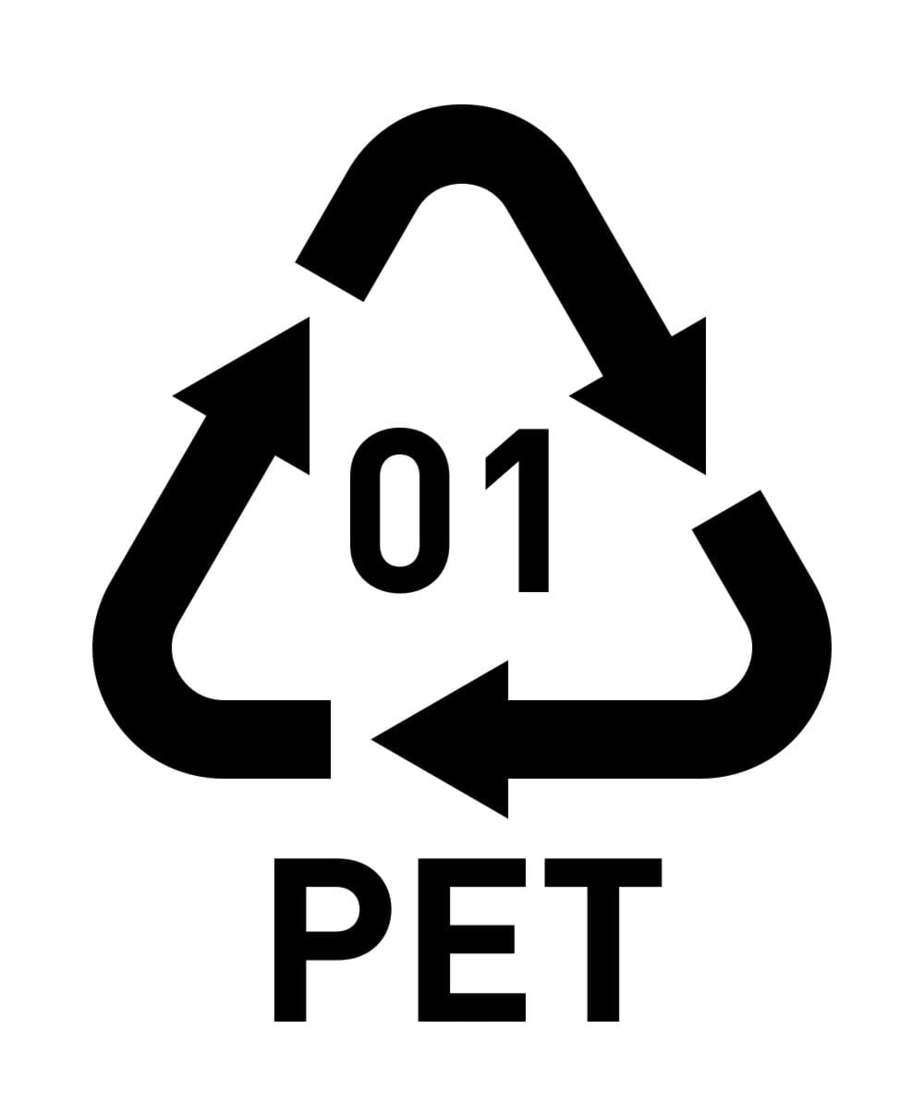 |
PETE or PET | Polyethylene Terephthalate | Soft drink/soda bottles, Polyester fibers. | Easy |
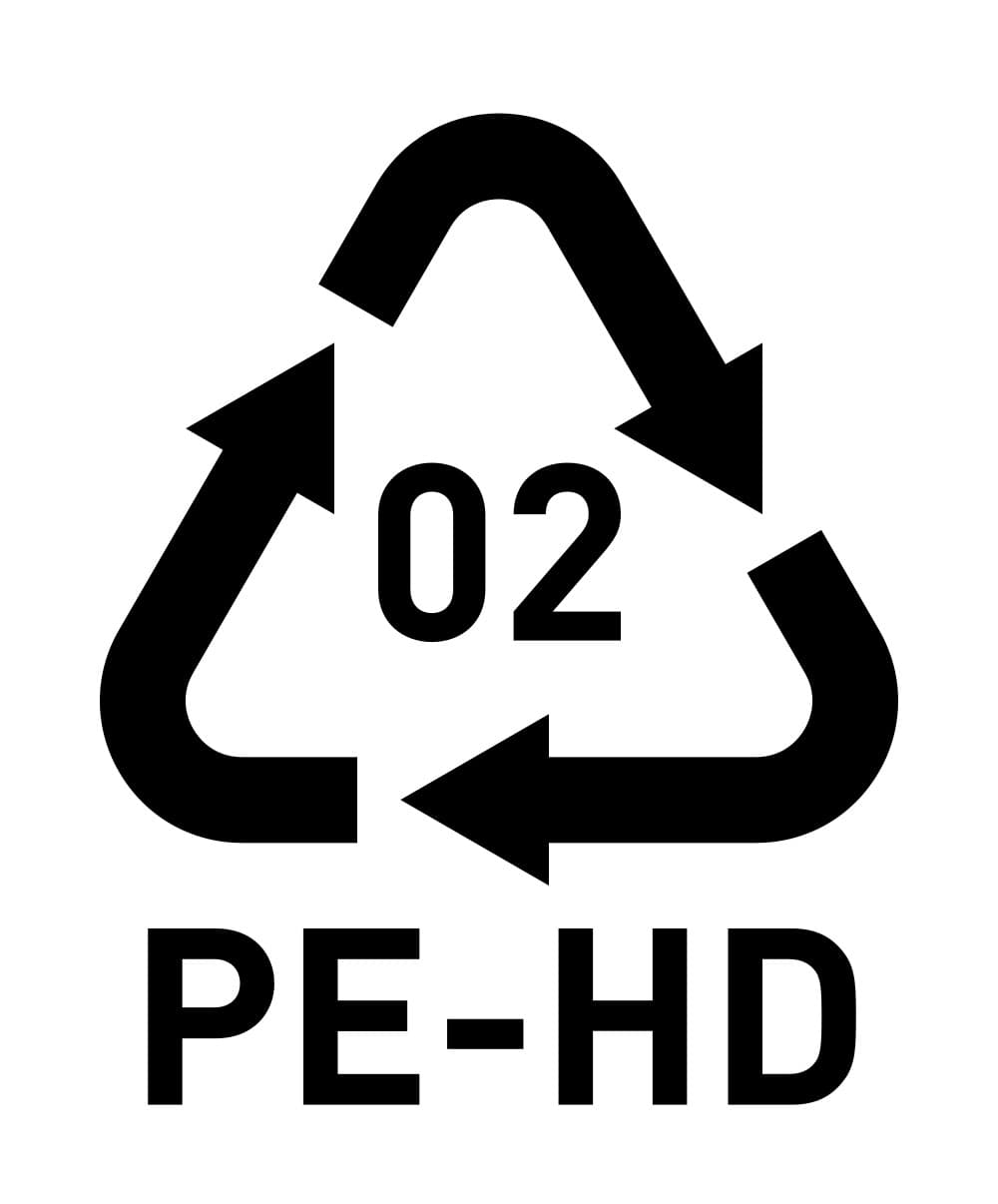 |
HDPE or PEHD | High Density Polyethylene | Detergent, shampoo, milk containers and grocery bags. | Easy |
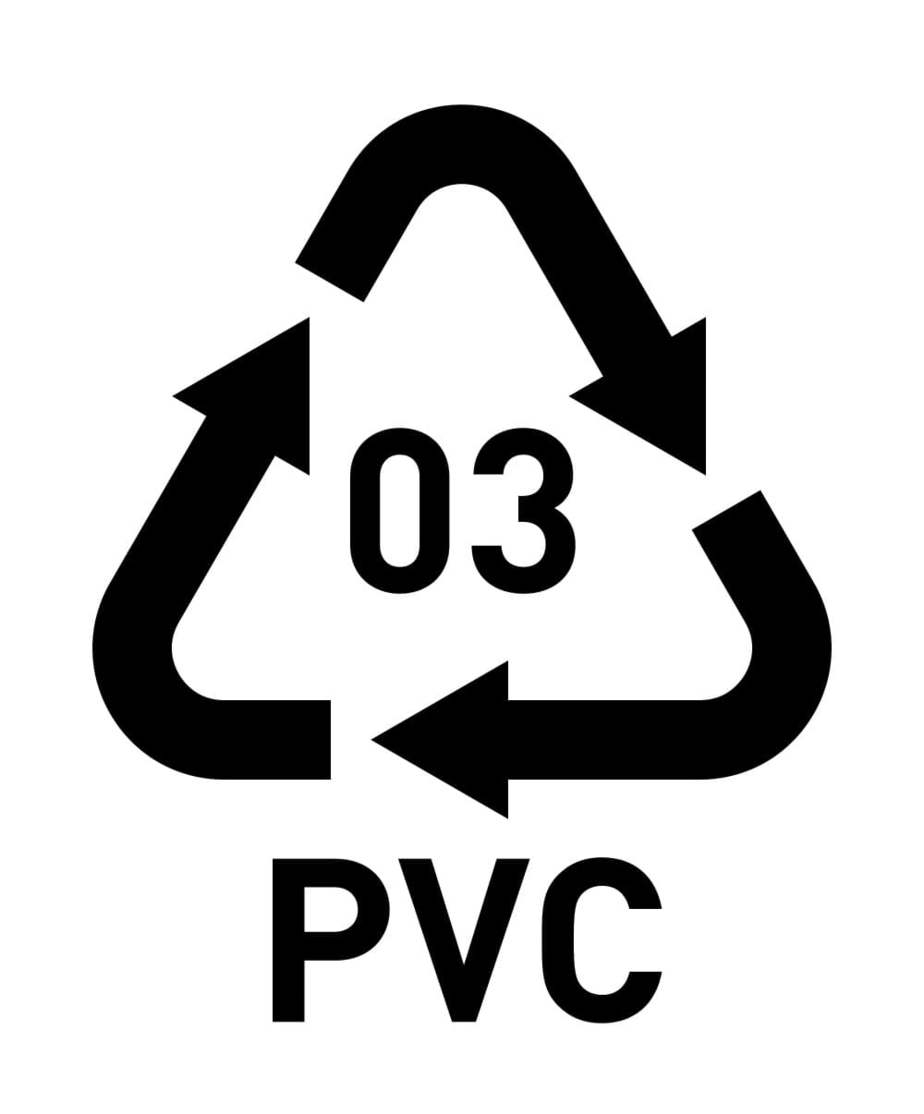 |
PVC | Polyvinyl Chloride | Plumbing pipes, chemical containers, toys and furniture. | Difficult. Health Hazard. |
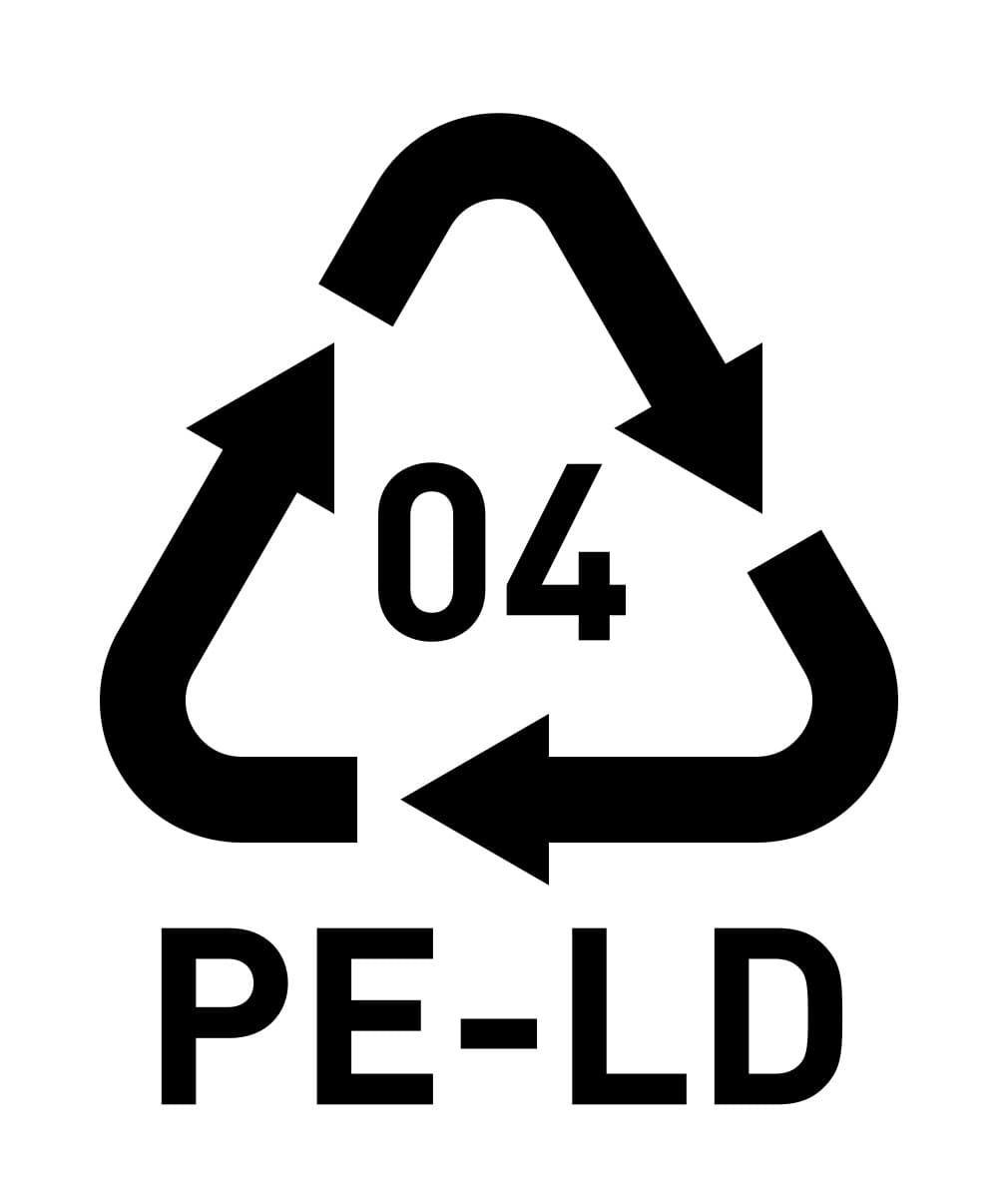 |
LDPE or PELD | Low-density Polyethylene | Plastic bags, sandwich bags, chopping boards. | Medium |
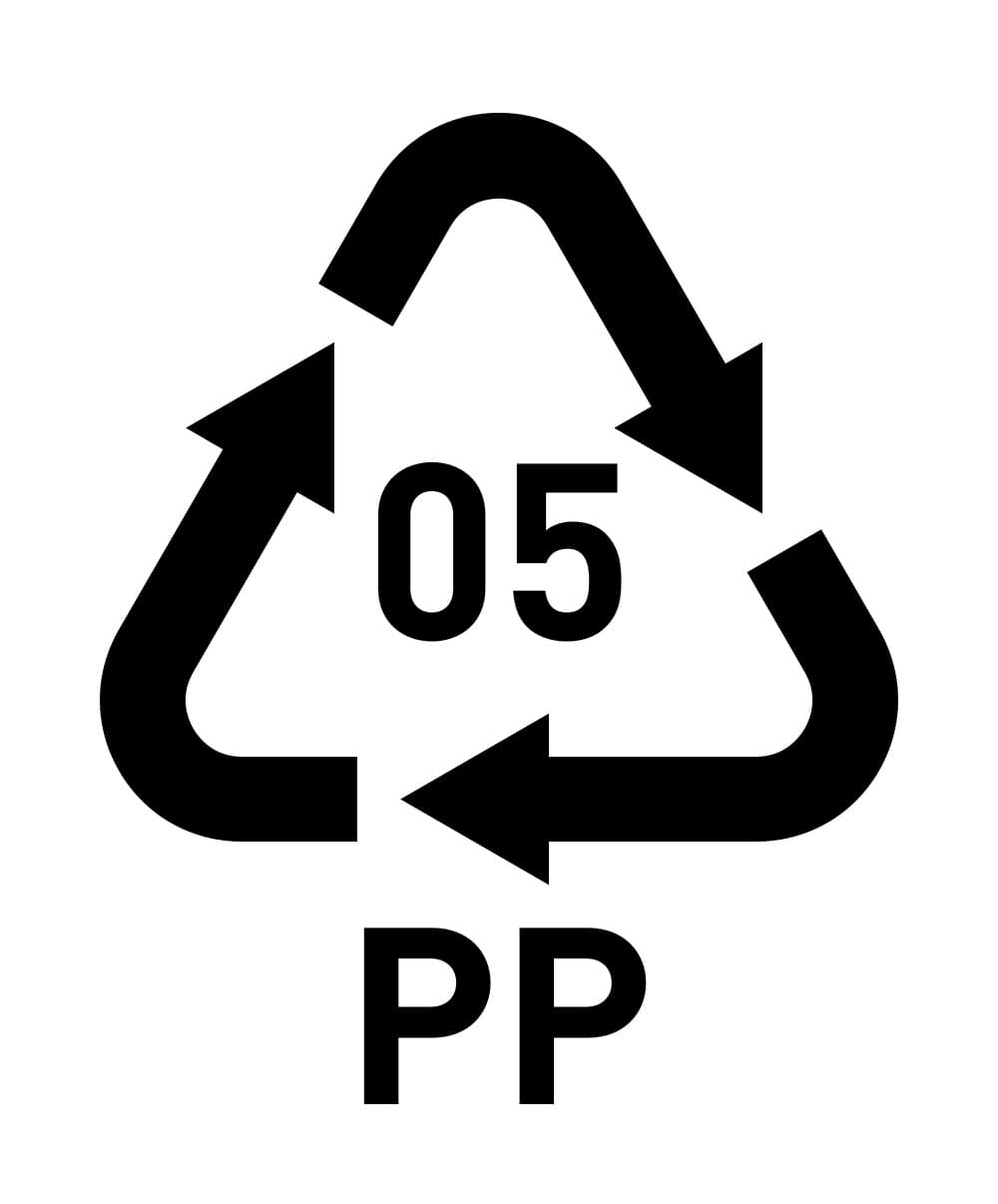 |
PP | Polypropylene | Food containers, flower pots, auto parts. | Easy |
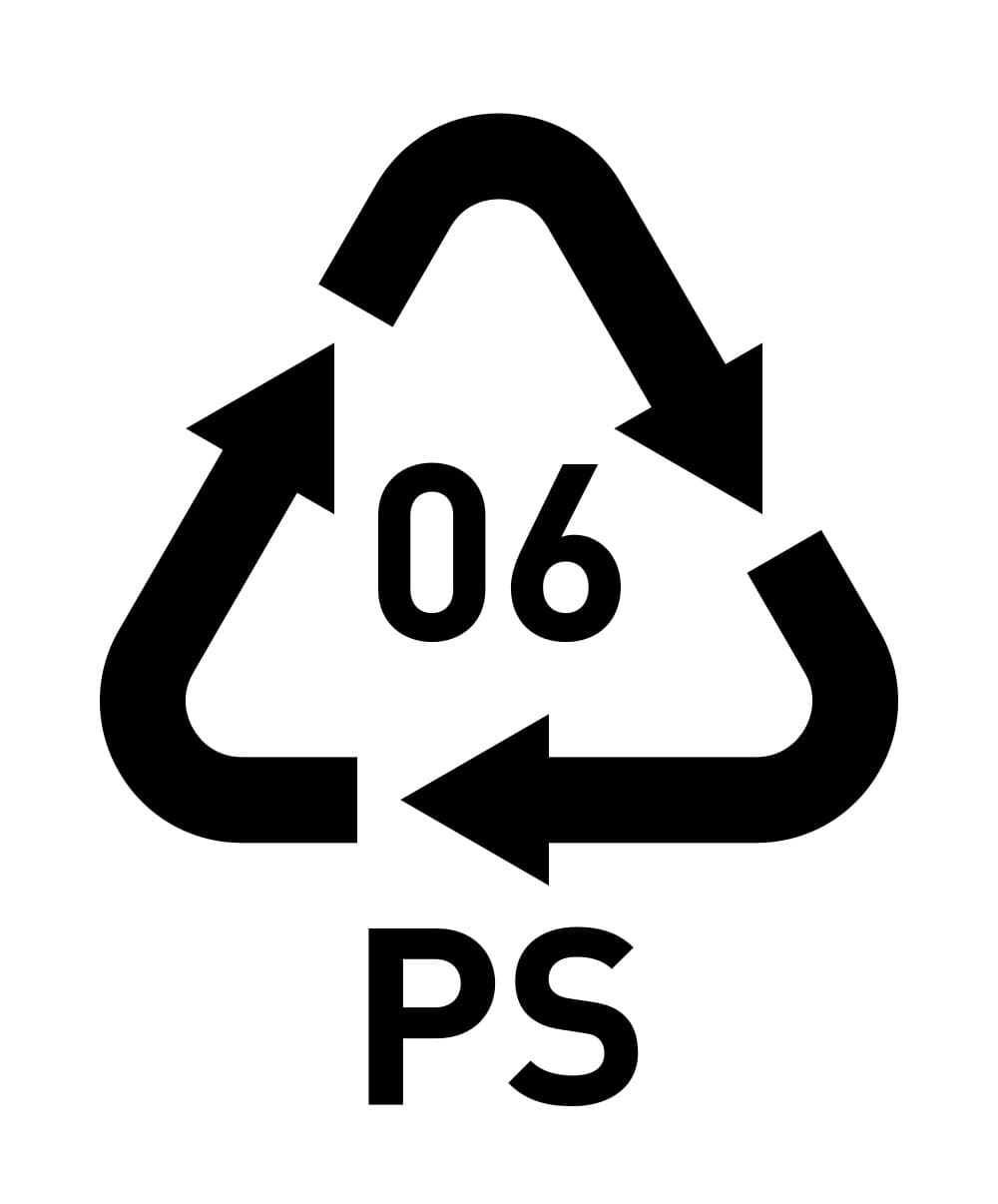 |
PS | Polystyrene | Foam cups and food packaging, EPS helmet lining, packing peanuts. | Difficult |
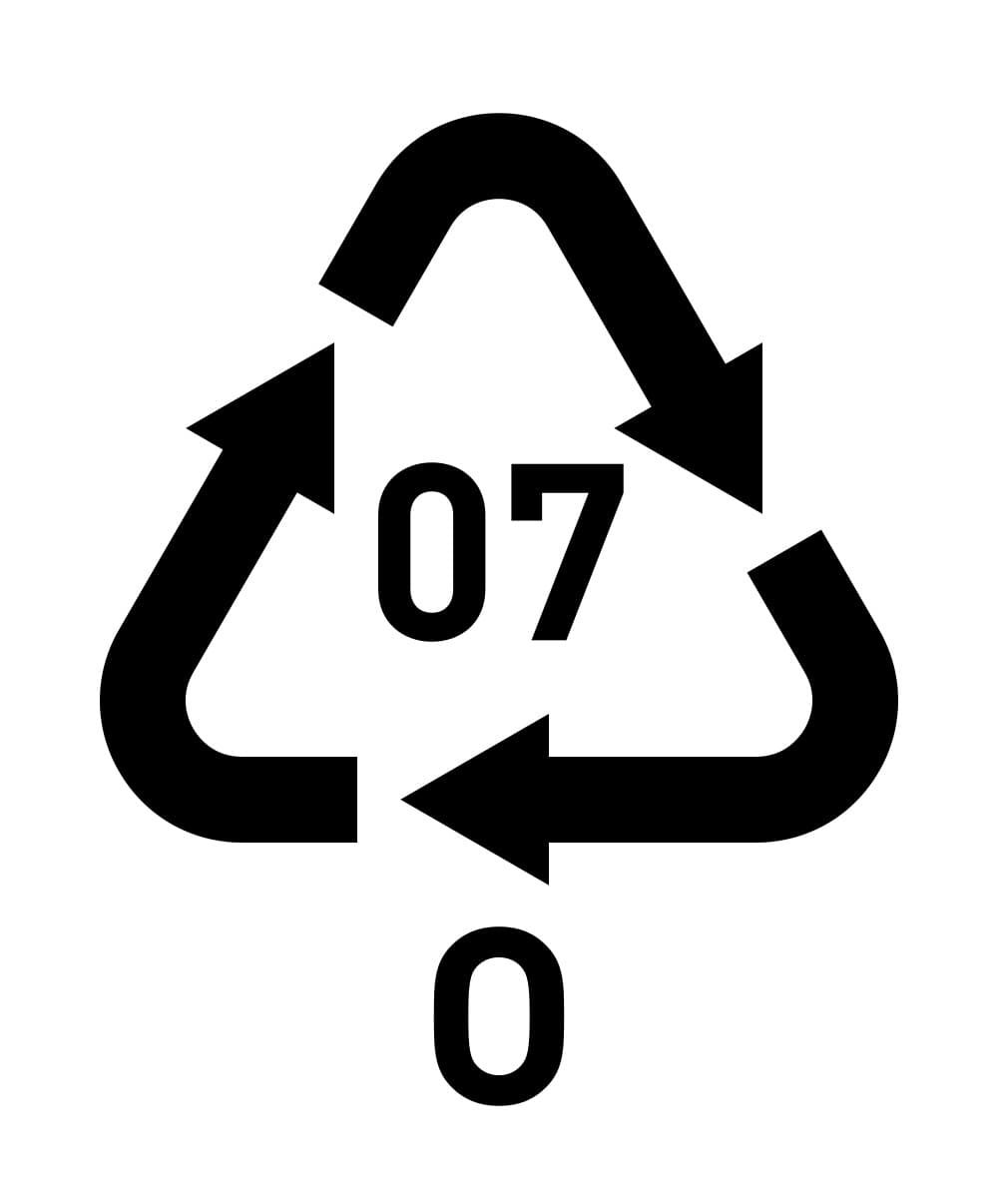 |
O or OTHER | All other plastics | Polycarbonate, nylon, helmet visors, headlight shields. | Difficult |
A Brief History Of Plastic
Plastic was a great new technology that solved lots of problems, particularly when it came to mass production of various components, as well as items that needed to be strong and durable like impact-resistant plastics.
One of the benefits of plastic was the ability to mold it into whatever shape was necessary to fulfill a purpose. Plastic was perfect for molding into the shape of a headcover such as a helmet. In American football, the first plastic helmet was introduced in 1939. Decades later, plastic helmets were introduced into ice hockey, baseball, and cycling.
Motorcycle helmets, on the other hand, were light-years ahead and were being made from fiberglass in the 1950s.
Related Article: Do Motorcycle Helmets Expire?
The first football helmets often broke on impact, however, advances in technology made helmets stronger and more resilient. Yet, despite the growing recycling movement of the day, nobody was giving much thought to how to deal with aging helmets, other than ‘toss them in the landfill’.
Nowadays, the vast majority of helmets are made from ABS (Acrylonitrile ButadieneStyrene ) or PC (polycarbonate). Many motorcycle helmets are made from even tougher thermo-plastics, fiberglass, kevlar and carbon fiber.
History of Recycling
Before the 1960s, recycling was done as a matter of course. Old clothes were stitched and/or altered to look new, papers, metals and even oils were recycled to help with the war effort in earlier years.
Recycling as we know it gained traction in the 1960s and 70s due to the amount of waste that was filling the landfills generated by the relative prosperity of the baby-boomer generation after WWII. People were becoming aware of their environment and the need to protect it.
The Crying Indian – full commercial. Keep America Beautiful from the early 1970s.
Our early recycling efforts with curbside recycling were focused on the low hanging fruit of recycling – aluminum and steel cans, glass bottles, and paper products. The recycling of some plastics would start in the early 70s, but for the most part, the majority of plastics would stay in the ‘too-hard’ basket.
Where Do We Stand Now?
While there have been a few helmet recycling startups over the years, they don’t seem to have gained traction or have stopped due to the cost of recycling helmets. A lot of effort for little gain. Not to be confused with plastic recycling in general, which has come along in leaps and bounds with numerous new products produced from processed plastic bags. Outdoor furniture and play-ground equipment come to mind, and even plastic roads.
Eco Friendly Bike Helmets
In 2016, Giro helmets produced the Giro Silo bicycle helmet that had a recyclable foam liner made from expanded polylactic acid (EPLA), and an ABS shell. The concept was that the ABS shell would be recycled (reused) while the EPLA foam would be composted as it was plant-based. Unfortunately, the Silo project was unsustainable, however I expect we will be hearing more from Giro on a recyclable helmet in the not too distant future.
A Hong Kong-based company, Strategic Sports, was touting an organic helmet with a shell made from Polylactic acid or PLA which is derived from corn. The EPS liner was made from 100% recycled packaging materials. It also had 100% flaxseed material, 100% cotton as well as comfort padding derived from bamboo. The helmet was named Biodome.
Related Article: Do Bicycle Helmets Expire?
Kali Protectives now has a helmet called SAHA which is built using Bio-Dome construction. It features a Polylactide outer shell, 100% recycled expanded polystyrene foam, not to forget 100% Natural Non-bleached cotton & flax fabrics.
For a lightweight cardboard helmet made from recycled paper, and fully recyclable when you’ve finished with it, you could try the EcoHelmet. It seems to be geared toward city bike-share rentals with the helmets available from a vending machine. The helmet has a radical honeycomb pattern and can be folded in half.
Meanwhile, over in the United Kingdom, Dashel Helmets has recently released its Re-Cycle line of helmets. The helmet shell and liner are both recyclable, and just to be sure that it’s done right, Dashel will oversee the recycling process themselves.
Also, in the UK, NewlaneHelmet brings us the Newlane, aka ‘the honeycomb helmet’, made from recycled ocean plastic. Nice to see someone cleaning up the ocean. Maybe they can harvest the “Pacific Garbage Patch”.

These are obviously great initiatives for the current environment and I would expect to see other manufacturers take up the challenge and rack up some eco-friendly points as well. Their marketing teams should focus on an environmentally friendly corporate image, which will encourage their competitors to green up as well.
What will the future hold for recycling polycarbonate helmet shells? Take a look at the image below. There is light at the end of the tunnel.

The Future
There could very well be a viable recycling solution for old helmets coming at some time in the near future. This technology was not designed with old helmets in mind but was more focused on waste plastics, tires, and what is referred to as ASR (Automotive Shredder Residue), the plastics, glass, composites, etc. that come from end of life car bodies.
Back in 2005, scientists at the University of New South Wales in Australia developed a technique to utilize recycled tires and polymers to aid in the processing of steel. The dissolution of carbon into iron is a key step in the steel making process.
Another study by UNSW scientists published in February 2014, stated that “waste polycarbonate constitutes a feasible carbon source for steelmaking“.
This technology is already in use in the steel making industry in some countries. What needs to happen next is that local recycling programs collect items like old helmets and send them to their nearest automotive shredding facility for processing. If this were to happen it would negate the need to disassemble the helmets as everything could be included in the ASR.
It would seem that the future is here now with some helmet manufacturers already exploring the potential of recycled components and/or developing recyclable helmets. I expect that now that this has started there will be a momentum which will make other manufacturers to want to be part of the green revolution.
More and more polymers including helmets of all types, as well as computers, fridges, washing machines, etc. will be able to be reduced to carbon for steel making as well as other exciting scientific discoveries.
Conclusion
The lack of any co-ordinated approach to recycling old helmets leaves us with two choices. One, just accept the fact that your expired helmet will end up in the landfill, so toss it into the trash. Or, two, if you’re more of an environmentally aware type of person, you could try to re-purpose your old helmets.
For how to do that, see What To Do With Expired Helmets – Part 2 (Re-purposing).
I hope we have covered the subject of ‘what to do with expired helmets’ to your satisfaction. If you enjoyed this article, feel free to leave a comment or question below. Thanks!
If you liked this post, why not share it with your friends.
